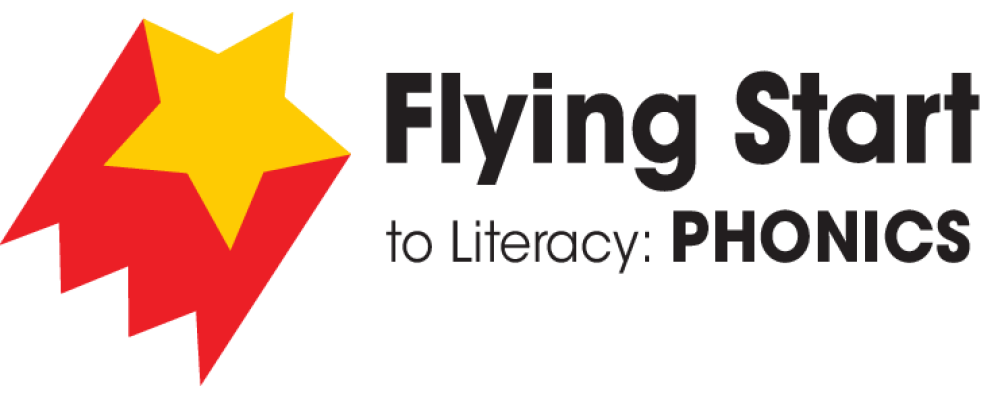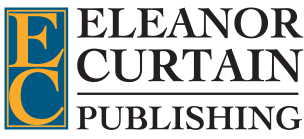Frequently Asked Questions
Who wrote Flying Start to Literacy: Phonics?
Dr Susan Hill is an Associate Professor of Early Childhood Education. An acclaimed researcher in the field of early language and literacy, she is the author of a number of books for teachers including Developing early literacy: Assessment and teaching (Third Edition), research articles and chapters for the Handbook of research on the education of young children, the Handbook of research methods in early childhood education, and Contemporary perspectives on research in assessment and evaluation in early childhood education.
Is there a clearly Defined Progression in the Scope and Sequence?
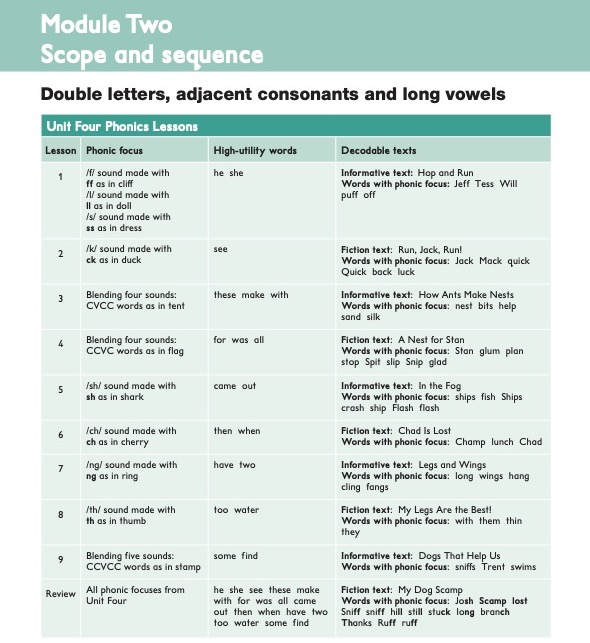
- The Scope and Sequence moves from simple letter–sound correspondences to more complex skills.
- The sequence provides time for foundation skills to be established.
- Clearly defined goals for each lesson (and each activity within the lesson) are a feature of the program.
- The program features the careful review of recently taught letters and sounds.
- There are ample opportunities for practice and application so that students can develop accuracy and confidence.
Are there specific teaching goals for letter sounds?
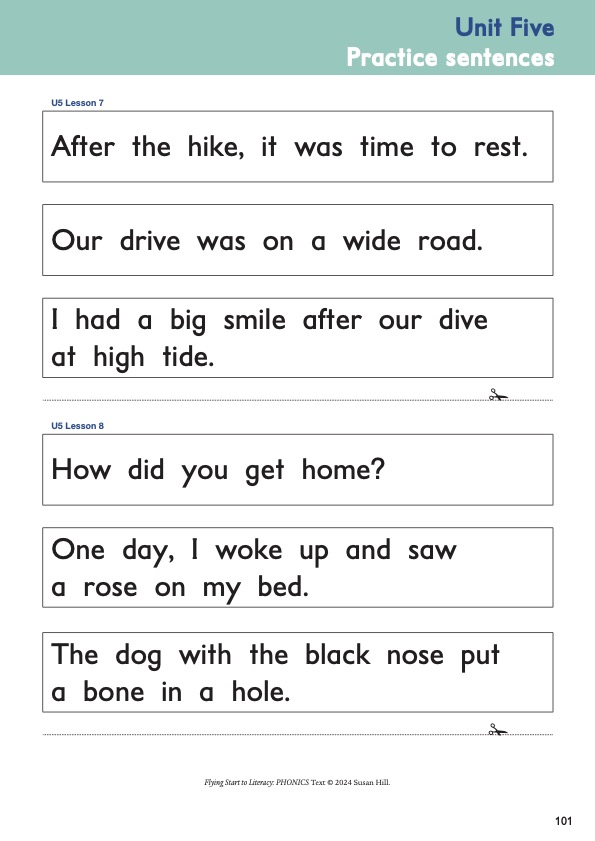
Teaching goals for letter sounds are clear, with each skill explicitly stated. Words with the target letter sound occur throughout the program in word-building activities (morphology), and a writing activity is part of each lesson.
Practice sentences that feature the focus letter sound provide students with opportunities to decode and practise reading words with the letters and sounds they have learnt.
Multiple activities are used for the review and practice of the letter sounds:
- Dictation of words occurs in units and reviews.
- Sound–letter charts are used for multisensory learning of letter sounds in high-utility words.
- Clear images for each letter sound can be used in daily revision activities.
How is vocabulary developed in the program?
- Vocabulary development of new words occurs in each lesson.
- Vocabulary is linked to comprehension.
- Vocabulary used in chants and rhymes is defined.
How are High-utility Words taught?
Useful words for reading and writing (high-utility words) are taught and analysed using sound–letter charts (orthographic mapping). The addition of new words and the revisiting of those already taught occurs in each new lesson and in the decodable texts.
How is morphology taught?
Morphology—the exploration of meaningful units in words—is developed throughout the program. Structured activities for building words using a base word are contained in the teaching units.
Is assessment built into the program?
Ongoing assessment, both formal and informal, plays an important role in the Flying Start to Literacy: Phonics program.
Unit review
Each review assesses students’ knowledge of the content of the completed unit. The review can alert the teacher to content that needs further teaching, practice and consolidation.
Upon completion of the review:
- Students who are ready to progress to the next unit can be identified
- Students who demonstrate that they need assistance can be assessed individually. Depending on their point of need, those students can then be taught in small groups or individually.
- Students not involved in catch-up work can continue with the consolidation activities.
Module assessments
A comprehensive assessment can be used to place a student in the program or, at the end of a module, to assess a student’s readiness to move to the next module in the program.
Module assessments are administered individually to students and provide evidence of any content from that module that needs further instruction and consolidation.
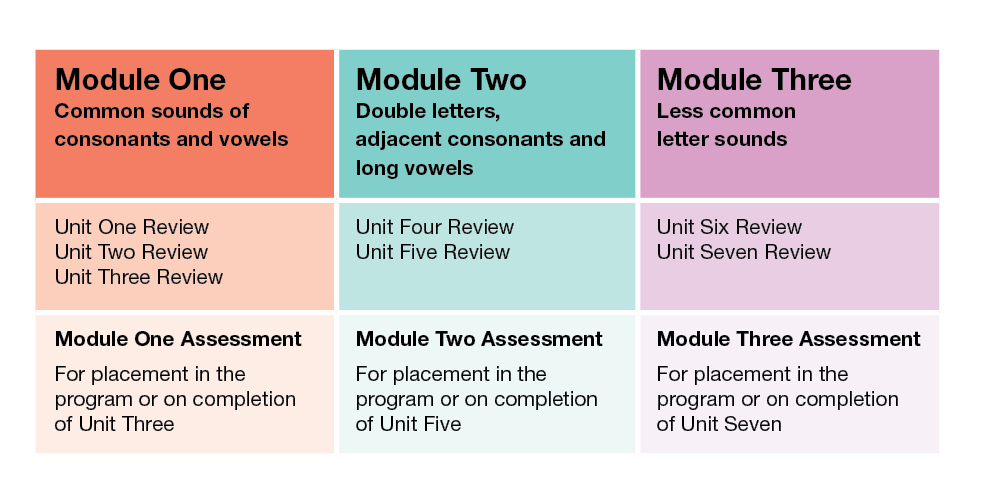
Does the program have decodable student books?
Exciting and engaging, 70 decodable student books that match the teaching sequence of each Module and Unit allow students to develop their decoding and word recognition skills, fluency and comprehension.
The decodable books provide a foundation for beginning readers as they progress to independent fluent reading in later primary years.
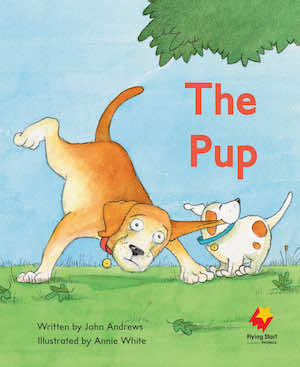
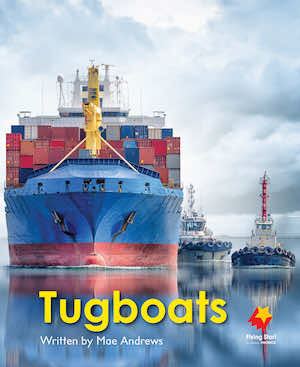
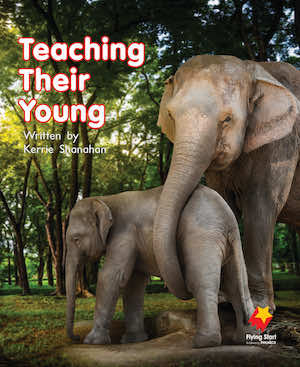
How is Fluency supported?
Fluency and accuracy of letter sounds and letter names is encouraged throughout the program. Fluency is also encouraged in multiple readings of decodable books.
Practice and accurate reading and writing of the letter sounds is essential.
How is comprehension developed?
Listening comprehension is emphasised throughout the program. Fluency is built to support comprehension. Meaning-making occurs in narrative and informative decodable texts. Content knowledge is developed in the informative decodable texts.
What content does Module One (Units One–Three) cover?
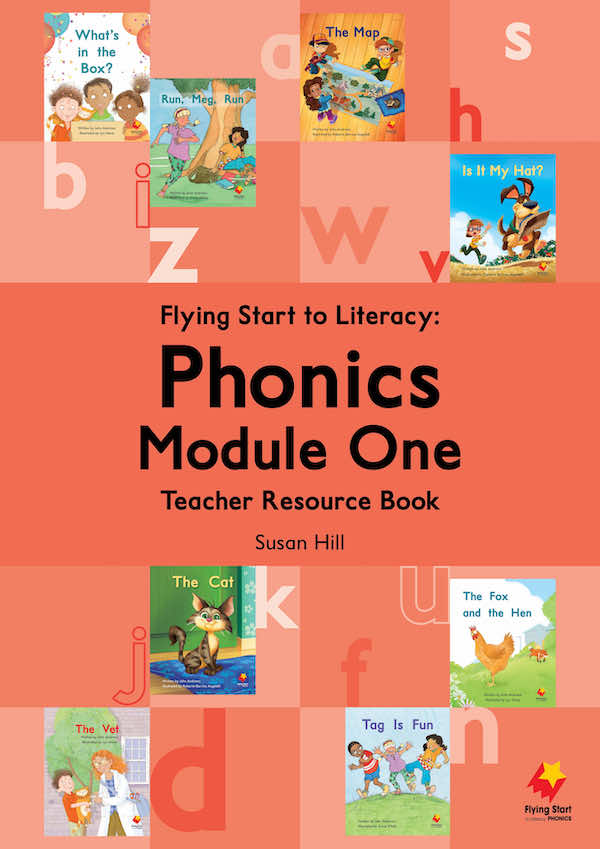
Each lesson in the Module One Units provides instruction on:
- Oral language development and listening comprehension
- Building a rich vocabulary
- Phonological awareness—identifying and manipulating syllables and phonemes within spoken words.
- Phonics—letter–sound relationships and word building
- Writing—forming lower-case and upper-case letters and words
- High-utility words
Consolidated learning activities where students can practise new knowledge and skills.
What content does Module Two (Units Four and Five) cover?
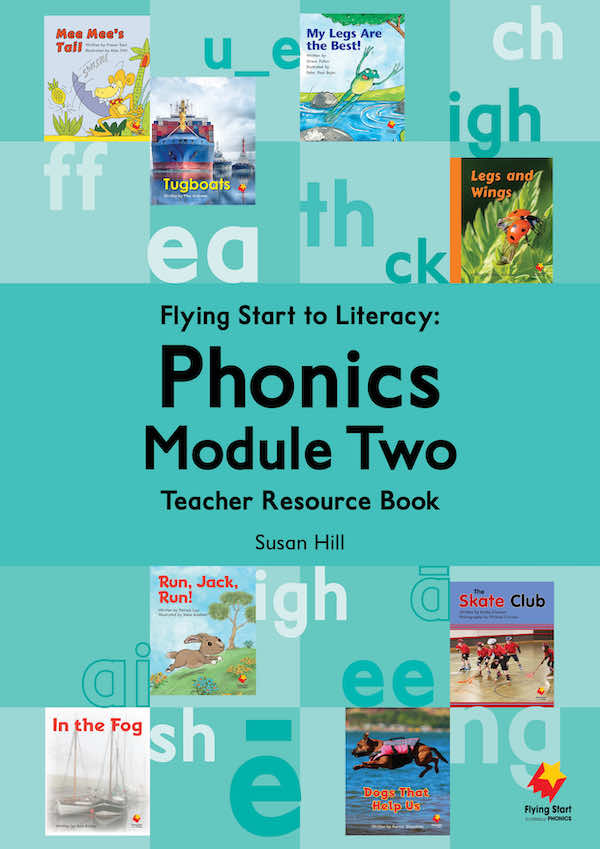
In Module Two the basic structure of the lessons continues. Attention turns to:
- double letters
- adjacent consonants
- long vowels
- reading longer multisyllabic and compound words
- morphology.
In Module Two, the Units Four and Five decodable books can be read at the end of each lesson. Each book contains words with the letter–sound correspondence the students have just learnt.
What content does Module Three (Units Six and Seven) cover?
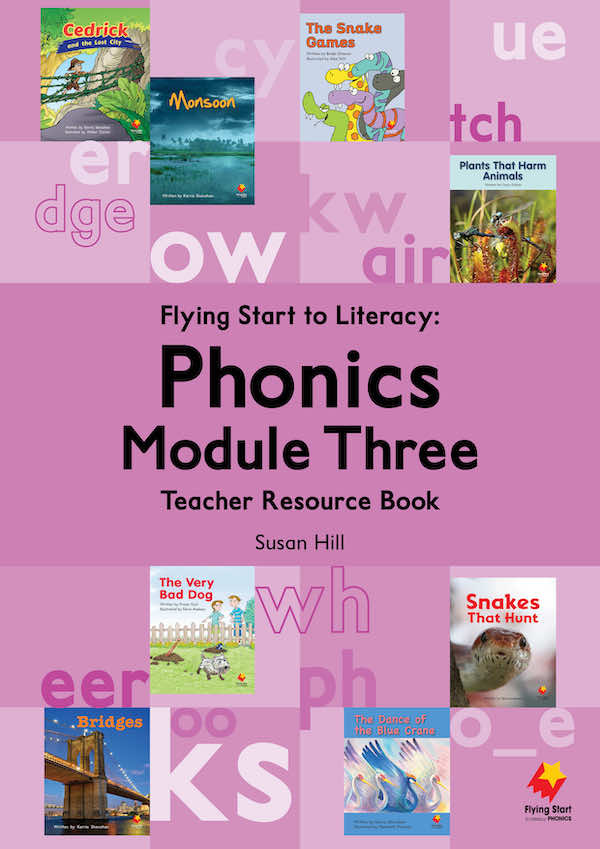
Module Three focuses on less common letter sounds. Students further build their growing bank of high-utility words by learning words such as were, many, through and could. Mastering this bank of high-utility words allows students to practise their new phonic knowledge in the context of a sentence and in a longer, connected text.
In Module Three, the Units Six and Seven decodable books can be read at the end of each lesson. Each book contains words with the letter–sound correspondence the students have just learnt.
